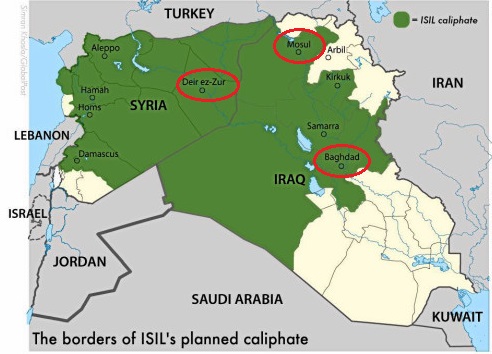900 319 0030
enquiry@shankarias.in
Why in news?
Trump had announced that a commando raid in Syria had resulted in the death of Islamic State founder-leader Abu Bakr al-Baghdadi.
What happened?
Who is Baghdadi?

How did the IS take shape?
What are the challenges ahead?
What is the way forward?
Source: Indian Express, The Hindu